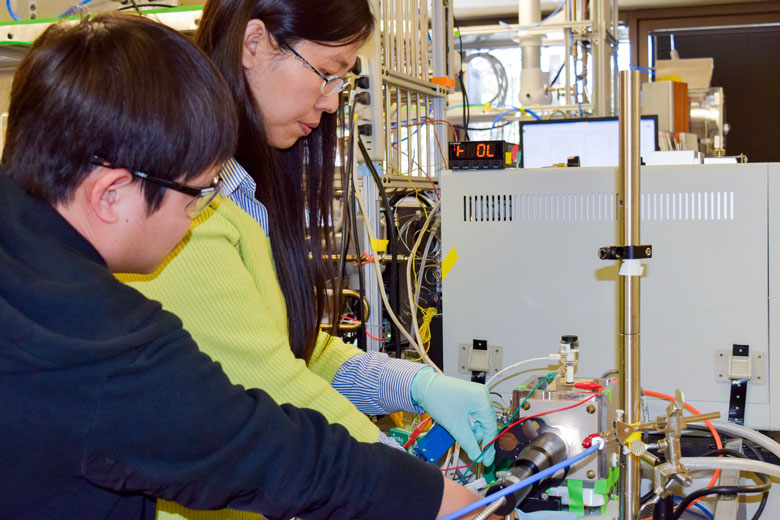
While solar power is an abundant resource for alternative energy, one common issue encountered is storing that energy for later use.
Now, engineers from Stanford University have discovered that ordinary metal oxides, like rust, can be fashioned into solar cells capable of splitting water into hydrogen and oxygen.

By splitting water molecules during the day, researchers can actually store energy for night use. The photons captured by the cell are converted into the electrons that provide the energy to split water. By reassembling the hydrogen and oxygen when it’s dark, the energy could be reclaimed and send power back into the grid– without burning fossil fuels and releasing more carbon into the atmosphere, as an added bonus.
Researchers already knew of the solar-power potential metal oxides possessed, but metal oxide solar cells were also considered to be less efficient at converting photons to electrons than silicon solar cells.
The Stanford team proved otherwise. It demonstrated that when metal oxide solar cells became hotter, they actually converted photons into electrons more efficiently, which is not the case for silicon solar cells, which become less efficient when heated.
“We’ve shown that inexpensive, abundant and readily processed metal oxides could become better producers of electricity than was previously supposed,” said William Chueh, assistant professor of materials science and engineering.
The team’s discovery could lead to a change in how we produce, store and consume energy by creating on-demand power of the sun.
Chueh believes that these findings will bring attention back to developing cost-effective alternatives to silicon solar cells. He even thinks that metal oxide alternatives could have potential applications in power vehicles and other machines that pollute the environment, due to the pure hydrogen gas produced by water-splitting.
“We can store these gases, we can transport them through pipelines, and when we burn them we don’t release any extra carbon,” said Chueh. “It’s a carbon-neutral energy cycle.”
See the full story: Stanford University

Comments are closed, but trackbacks and pingbacks are open.